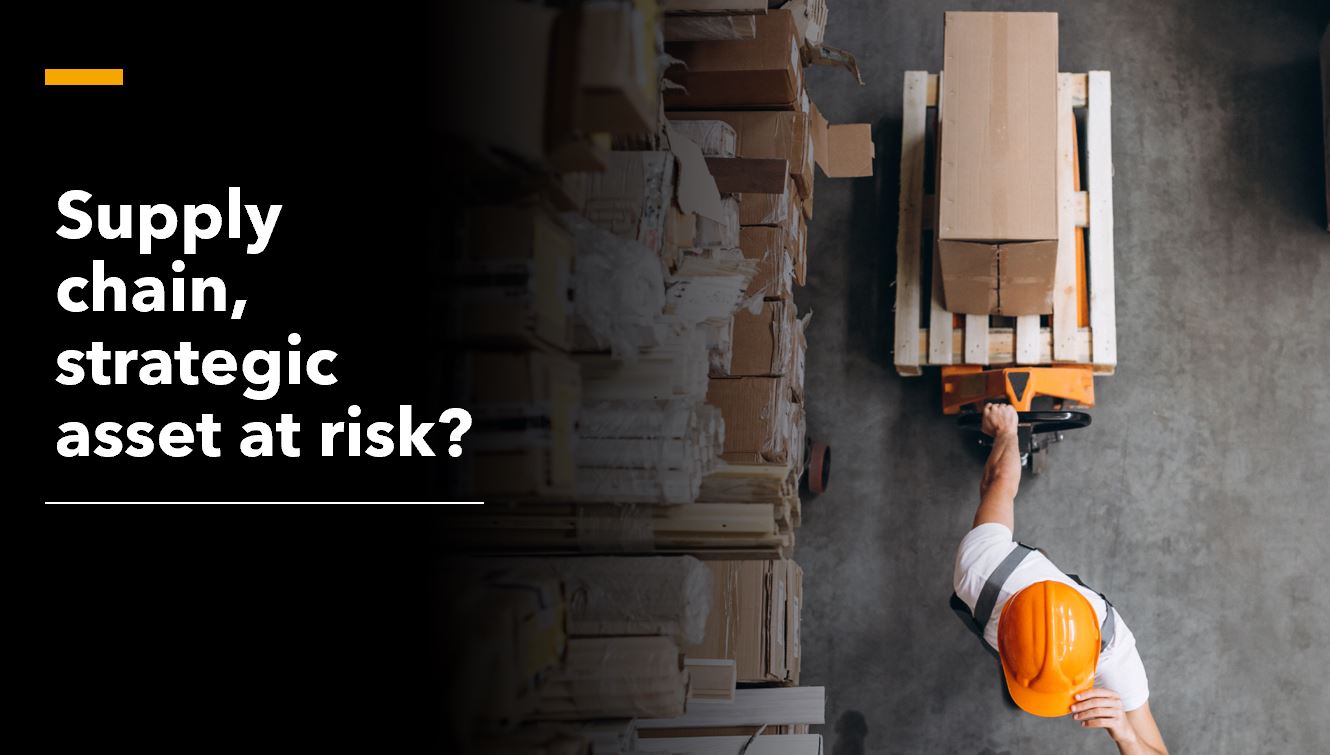Many businesses look at their supply chain as a strategic asset, but the global outbreak of Covid-19 revealed the fragility of the system. What will supply chains be like after the pandemic? What structural changes will businesses need to get used to?
That product we see on display in our local store was probably manufactured bit by bit in different Asian countries, put together in the East, stored in the West and distributed worldwide. The question is whether supply chains will still be so complex after the pandemic.
The way in which all the processes involved in satisfying the need for supplies are coordinated might make or break a business. There are companies which regard supply chains as a strategic asset within their business, and it is precisely this vision that allows them to make bigger profits.
Globalization allows businesses to decide in which country to develop each part of their production, logistics and trade process. In an ultra-competitive global economy, this ambition of reducing costs is businesses’ prime motivation for looking outside of their borders what is unsatisfactory within them.
However, the pandemic caused by Covid-19 brought about a special feature. Unlike any other crisis the planet has faced, the present crisis began as one of supply. The virus emerged from the largest export economy in the world, making its factories put production on hold, limiting their inventory and making workers stay at home. This is how the World’s Factory shut down, breaking the links in any chain that started with or depended on this country.
Coronavirus revealed the fragility of something that seemed as solid as it is complex. However, companies had already started asking themselves how they’d adjust their supply chains some time ago, first because wages in China were higher and secondly due to the trade friction between the USA and the Asian giant
Now the challenge that companies face is working out what to do so that this break in the supply chain doesn’t leave them out of the market and so that this valuable strategic asset doesn’t turn against them. After the crisis, there will be structural changes and businesses will need to get used to them. Production chains are expected to become shorter, and possibly less globalized. There will be a trend towards reducing the risks of merchandise purchase models, which will possibly entail a lower profitability, and new clauses (which have never been taken into account so far) are likely to be added to contracts.
Trade, either between businesses or directly to the final consumer, will face a client who will be much more risk-averse, more conscious and cautious, more demanding and transparent. For this reason, supply chains will have to rise to the challenge of stocking up and meeting this changing demand. A major investment in technology and innovation that makes it possible to reduce the risks of the process is bound to be needed, giving the client the appropriate support and reducing the delivery time.
From the point of view of the buyer, both businesses and final consumers will need to be ready to make complex decisions and be patient enough, since the adjustments to the supply chains might only be seen in the long run. They will primarily need to decide whether they want to continue being part of a global chain or whether they’ll begin to close their borders and develop local links.
Changing and adjusting the supply process is a strategic decision just as important as the chain itself. If, as it had been until today, making this decision was a task which was usually put off, it’s time to take it into account and take action on this matter.
Until next time!
By Julieta Colella for Create Trade
Photo created with freepik - www.freepik.com


